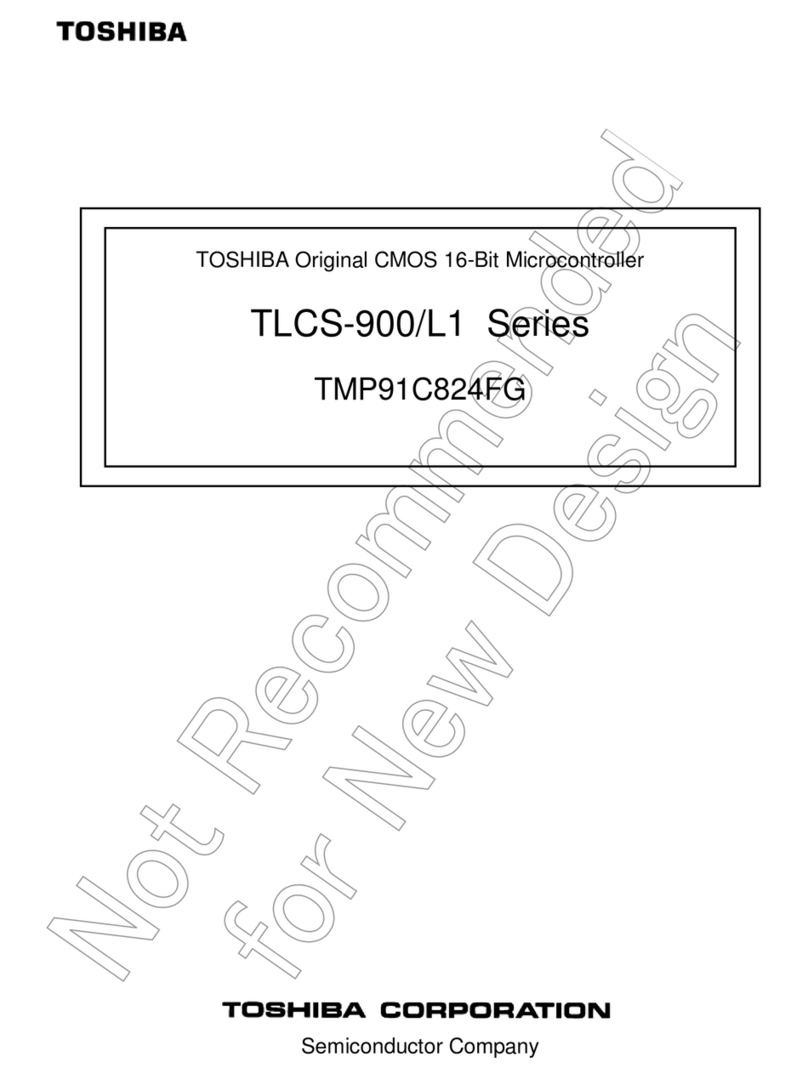Toshiba TMP96C141AF User manual
Other Toshiba Microcontroller manuals
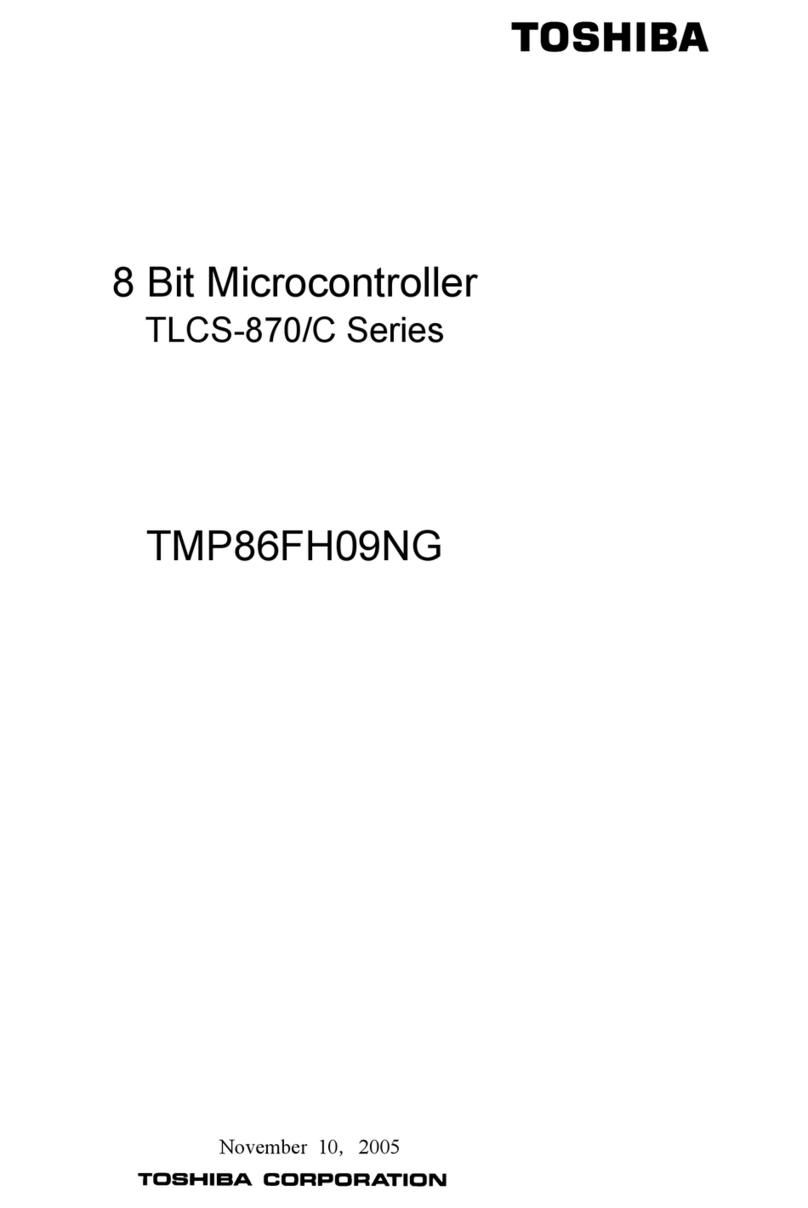
Toshiba
Toshiba TLCS-870/C Series User manual

Toshiba
Toshiba TC9349AFG User manual
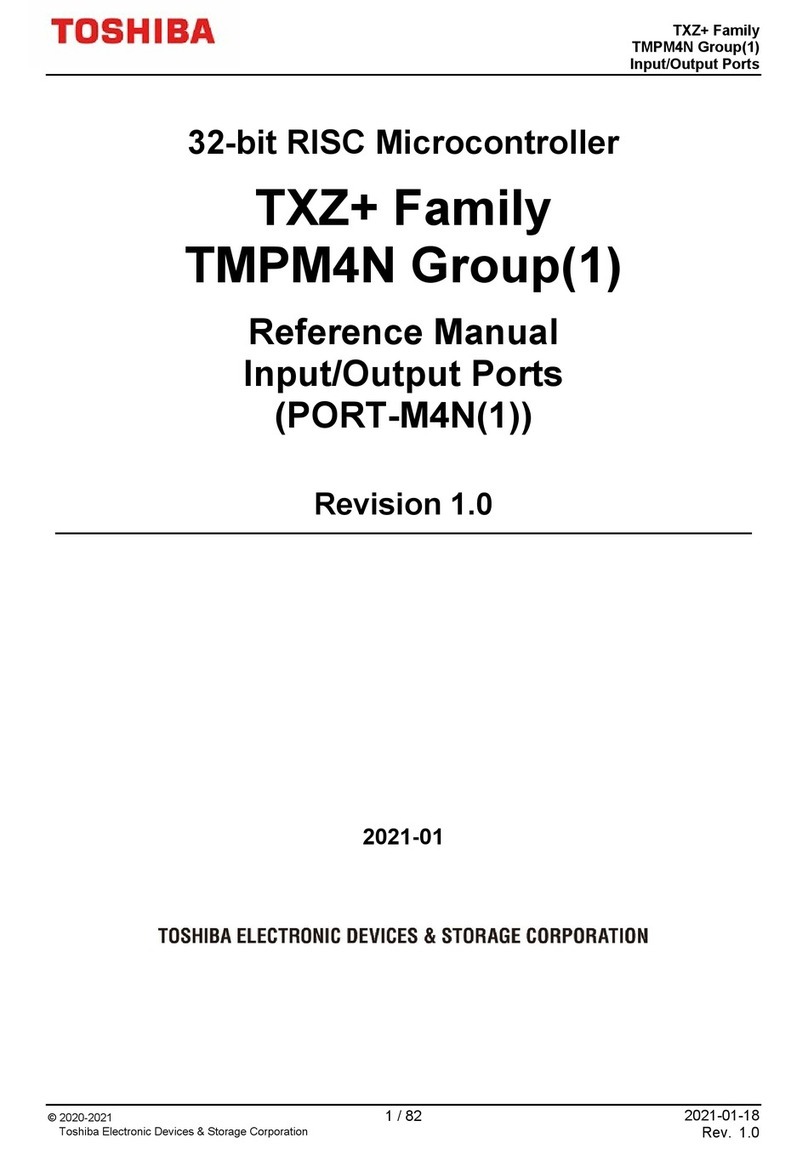
Toshiba
Toshiba TXZ Plus Series User manual

Toshiba
Toshiba TXZ SERIES User manual
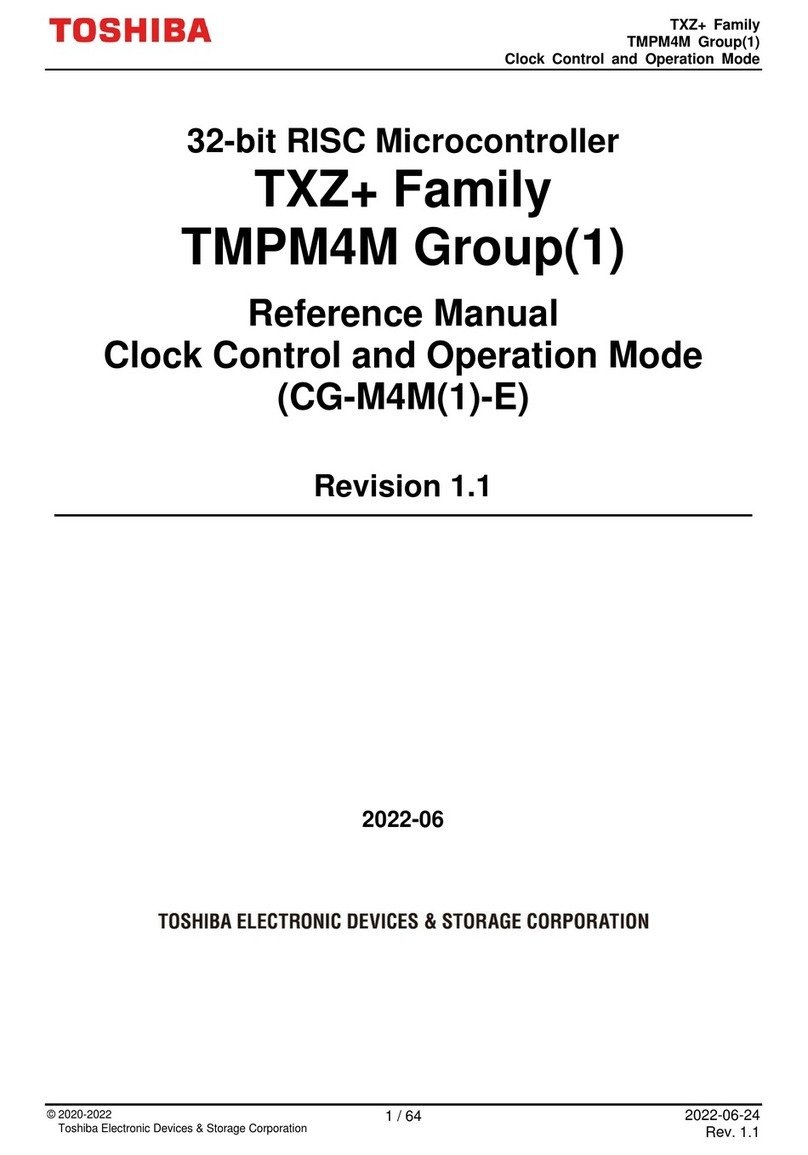
Toshiba
Toshiba TXZ+ TMPM4MNFYAFG User manual
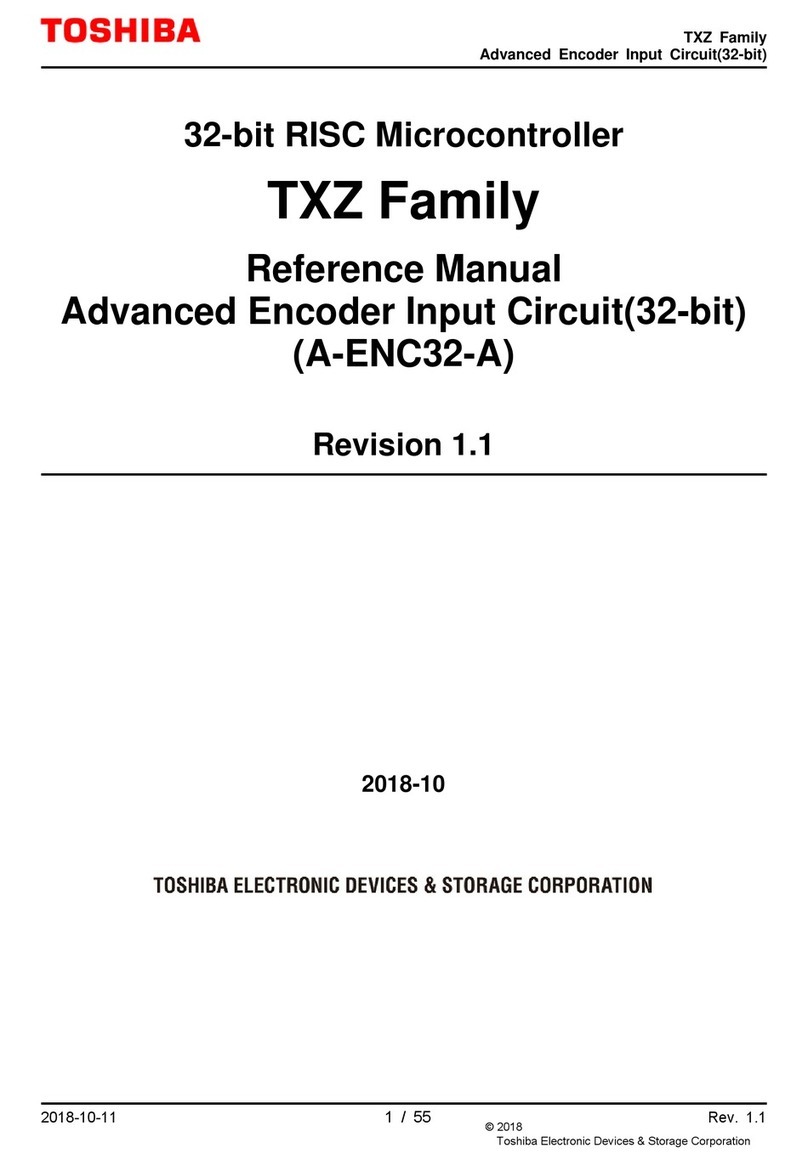
Toshiba
Toshiba TXZ SERIES User manual

Toshiba
Toshiba TXZ SERIES User manual

Toshiba
Toshiba TLCS-870/C1 Series User manual

Toshiba
Toshiba TLCS-900/H1 Series Product guide
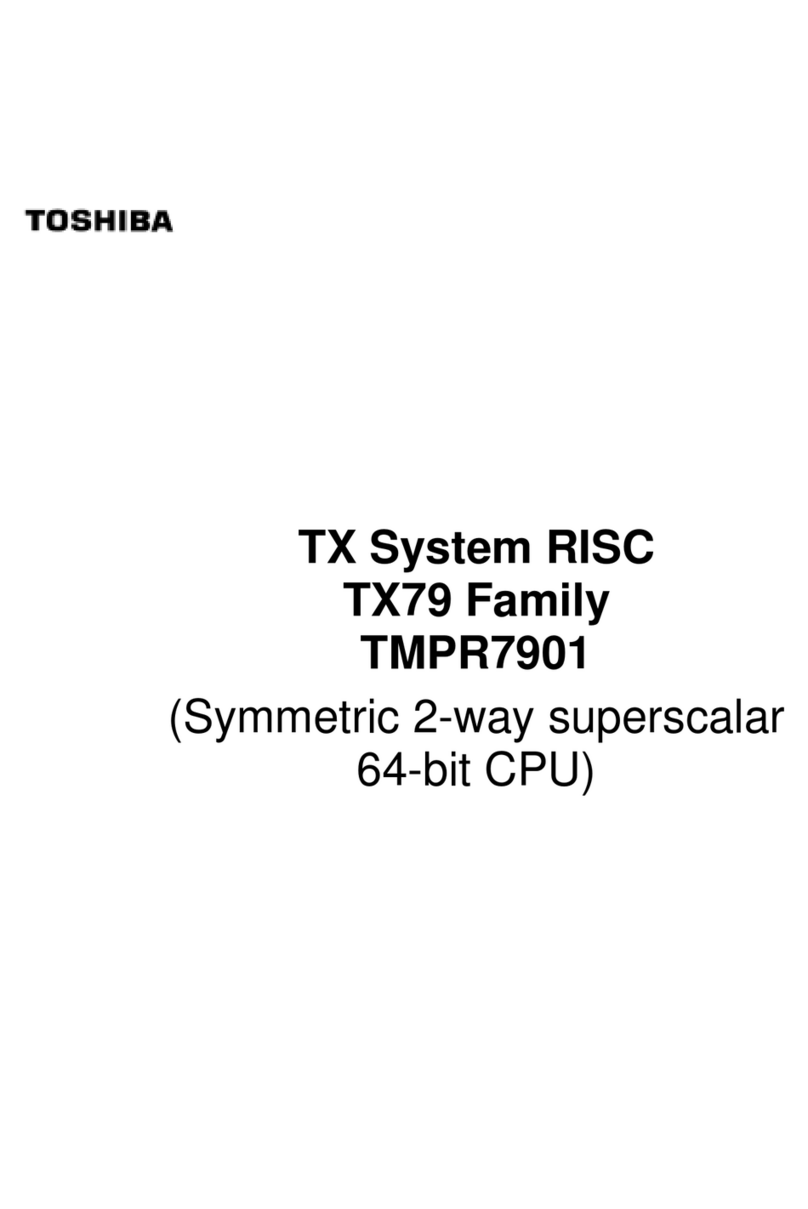
Toshiba
Toshiba TX79 Series User manual
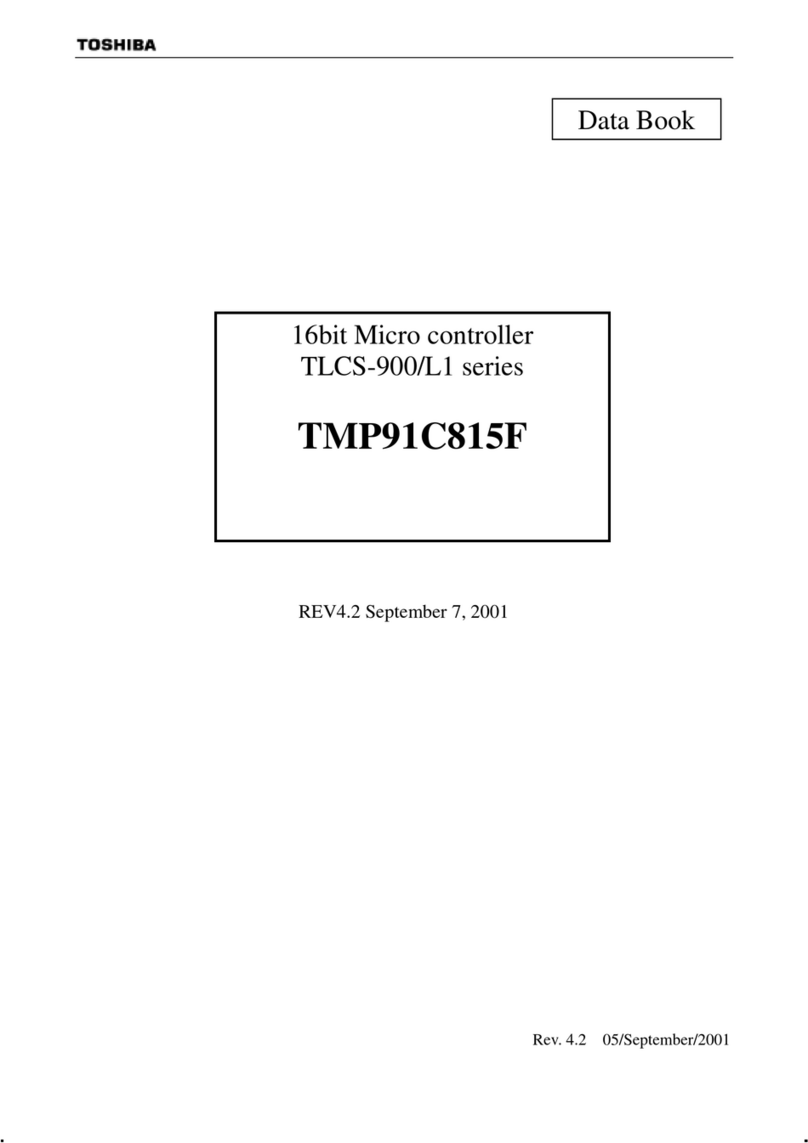
Toshiba
Toshiba TMP91C815F Product guide
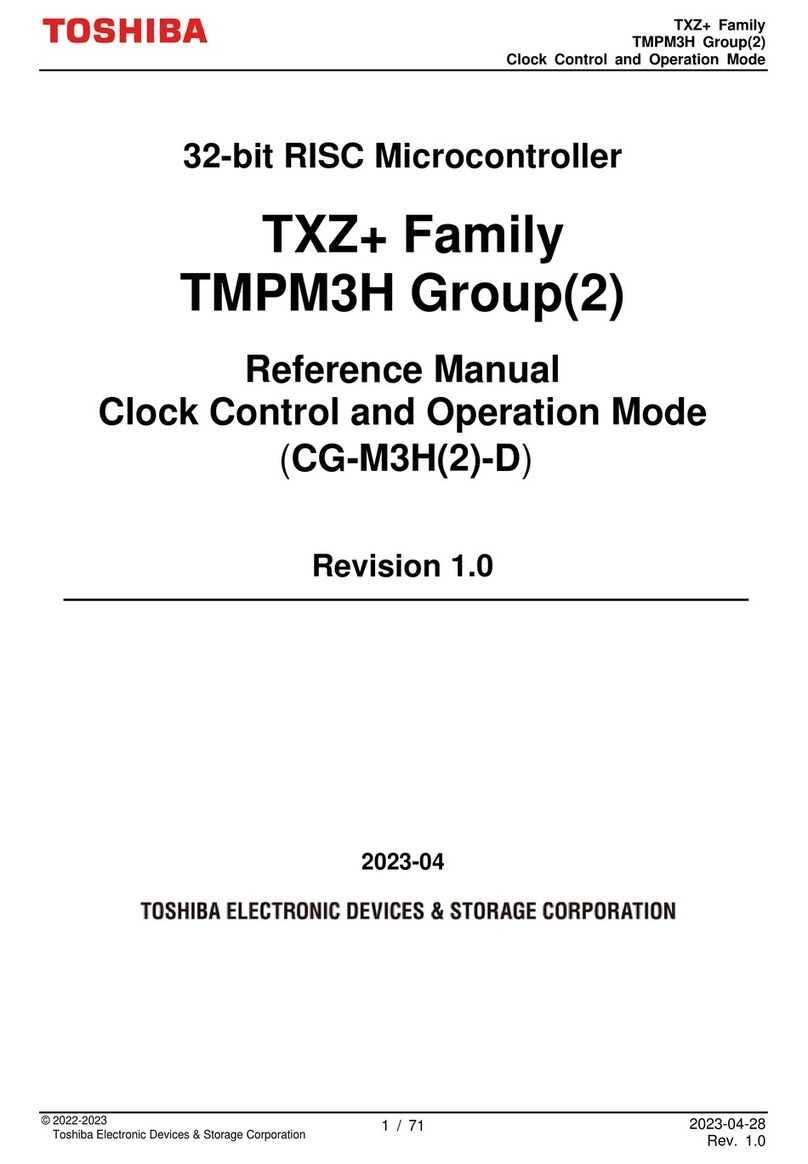
Toshiba
Toshiba TMPM3H User manual
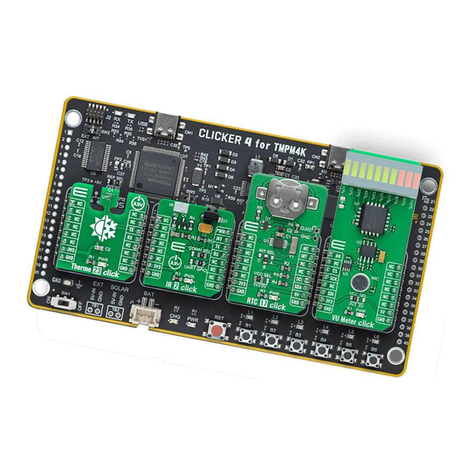
Toshiba
Toshiba TMPM4K User manual

Toshiba
Toshiba TLCS-90 Series Product guide
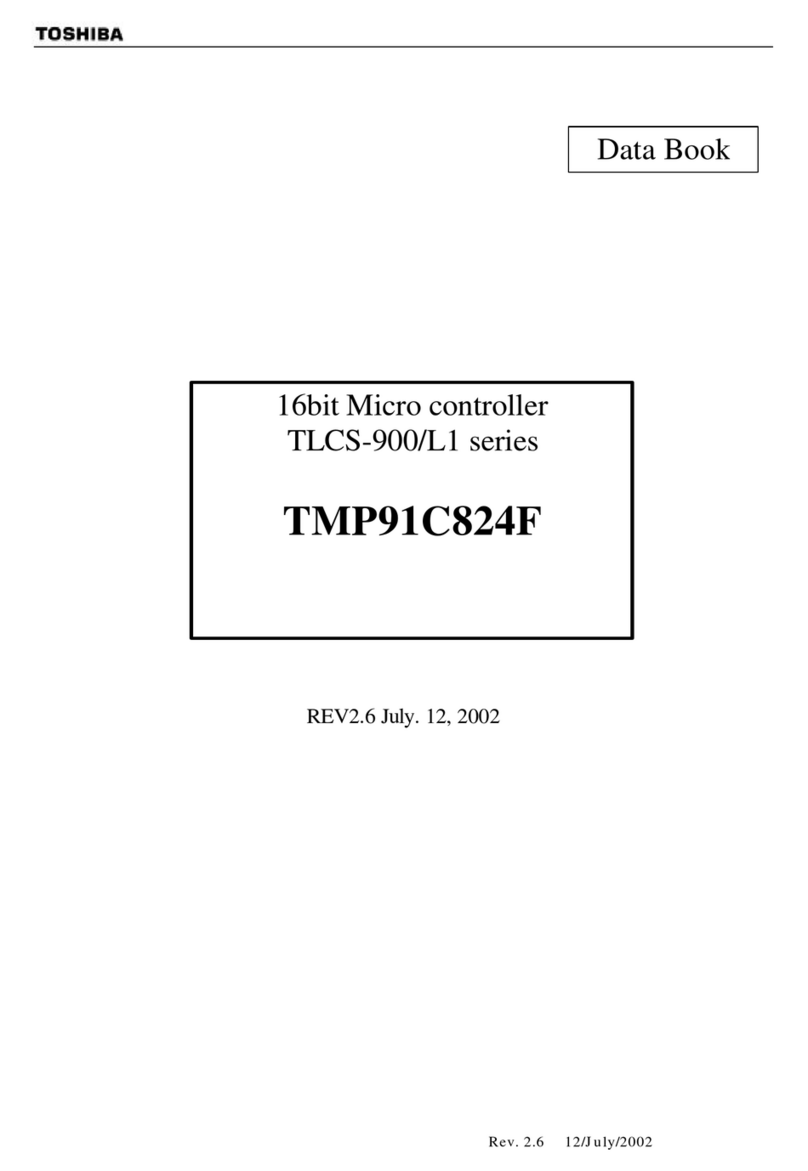
Toshiba
Toshiba TMP91C824F Product guide
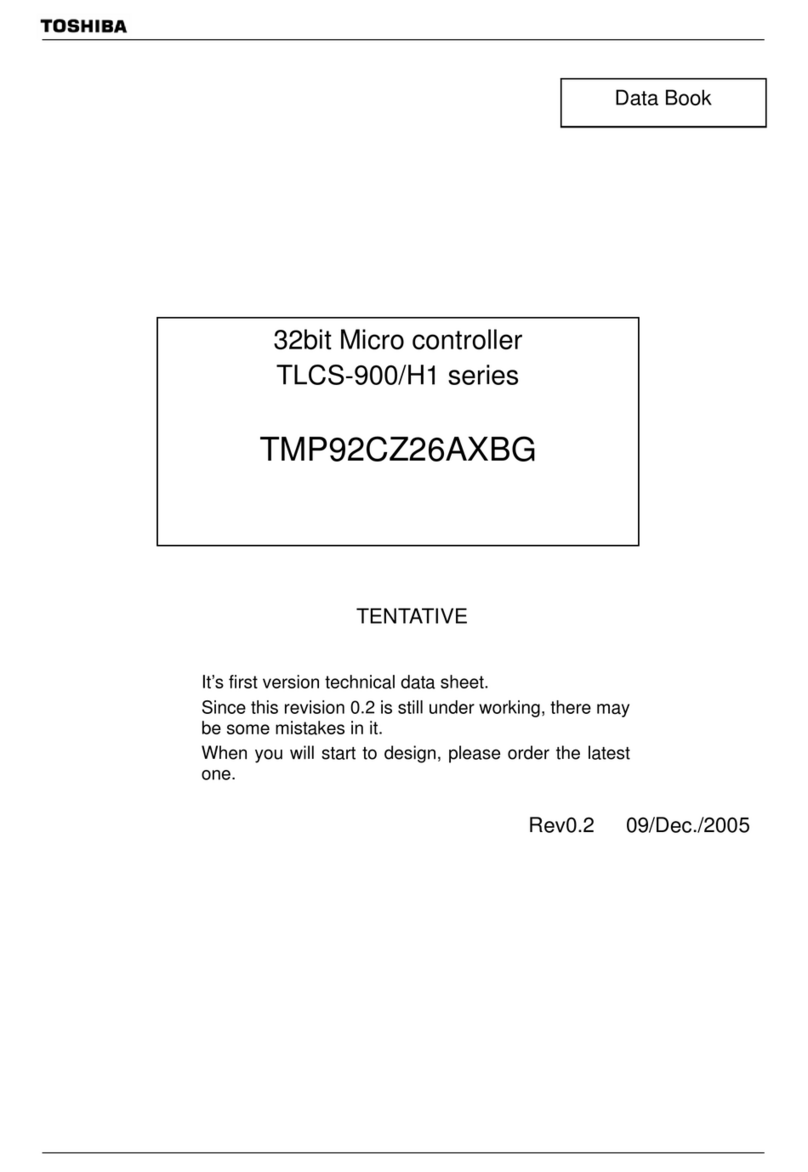
Toshiba
Toshiba H1 Series Product guide

Toshiba
Toshiba TLCS-900/H1 Series User manual

Toshiba
Toshiba TLCS-870/C Series User manual

Toshiba
Toshiba TXZ Family User manual

Toshiba
Toshiba TXZ+ Series User manual
Popular Microcontroller manuals by other brands

DIGITAL-LOGIC
DIGITAL-LOGIC MICROSPACE manual

Texas Instruments
Texas Instruments TMS320F2837 D Series Workshop Guide and Lab Manual

CYPRES
CYPRES CY14NVSRAMKIT-001 user guide

Espressif Systems
Espressif Systems ESP8266EX Programming guide

Abov
Abov AC33M8128L user manual
Silicon Laboratories
Silicon Laboratories C8051F800 user guide


